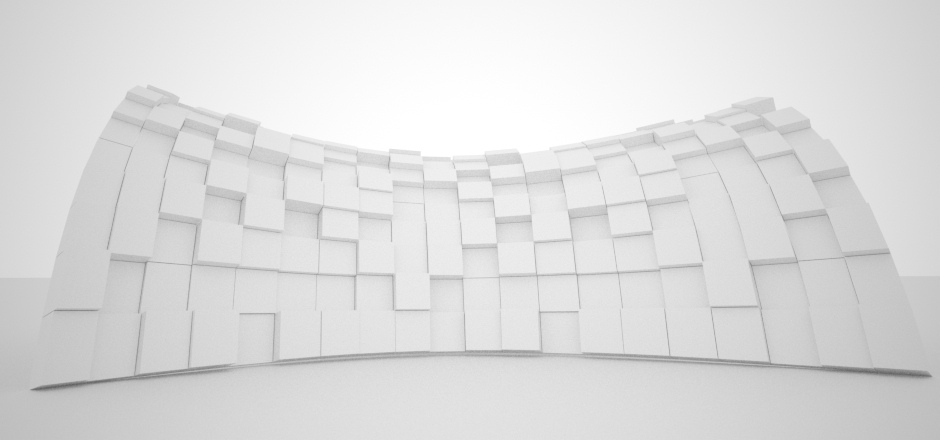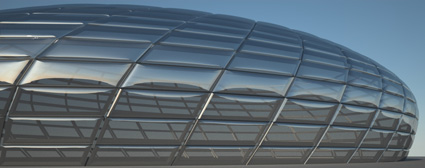Randomizing Surface division in Para 3d 3.0
See Para 3d in Action!
Again randomizing surface division and use of mix controller to implement two magnets.
this time with para 3d V 3.0
April 1, 2013 at 2:07 pm Comments (0)
See Para 3d in Action!
Again randomizing surface division and use of mix controller to implement two magnets.
this time with para 3d V 3.0

Learn how to use Sub object controller in surface controller in order to create custom patterns.

In this video you learn how to use random controller within surface controller to change the thickness of panels. Also you learn how to control the random values while using random controller on multiple properties/controllers.
For more information on random controller see also : Random pattern and noise effect in animation
Here is a short video explaining what type of objects you can use in surface controller.
we can summaries all as following:
Also as a general rule, surface controller in 2d Arrays cannot be used on objects which have more than one smooth manifold (surface), for example a cylinder with top and bottom caps does not represent one surface while a cylinder (tube) without caps can be described as one single manifold.
In PARA 2.6 you can replace the items of the array with a new object with same modifier stack.
This video shows the procedure.
This video is first tutorial in preparing materials for fabrication of simple surface using triangle panels. first you learn how to use PARA to panelize a surface with a triangle panel and then you will find out how to transfer each individual panel from the current location to ground plane and sort them in order to create planar faces. the result can be exported to CAD software to use for laser cutting for example.
In this video I’m using PARA to create a light sensitive shading structure in form of dome that responds to the location of sun which it also follows the daylight system in 3ds max. I use surface controller to populate the surface with the custom made panel. Each triangular panel has three blades folding among the outer edge. Panels are designed to block the direct sun light while they allow the indirect light to penetrate the surface of the dome.
This is an example of using Magnet controller to derive the values based on orientation of the objects according to the magnet node. The angle of the panel is set to the angle between the Z axis of the object (the panels have been transformed to the surface using a surface controller on transform property) and the line that connects the sun node to that object. It’s very important that sun node must be far enough from the objects in array so the sun rays become approximately parallel.
A new function of PARA 2.2 has been incorporated in this video to create the resulted animation. This new utility allows user to select the desired controller/property and creates a series of key frame within given time frame. The use of utility is very simple and straight forward and does not require further explanation.
Watch the back scene in 6 min, although this video is not a tutorial, I hope that you can learn something!
I was challenging the PARA II to model something like the Allianz Arena stadium in 3DS MAX. Each panel composed of a solid flat frame and a bulged part. To imitate the lighting effect I assigned a material modifier to the smooth part of panel and a Pattern controller change the index value.
The skew effect of the skin is the result of the deform controller that takes the initial value from the sub-object controller and pass it to the UVW offsets in surface controller. The disadvantage of this method is when you try to use the UVW mapping to get uniform subdivision all over the surface. I shall add an option to surface controller to fix this problem soon.

Level: Advanced
In This Video:
Level: Advanced
In This Video: